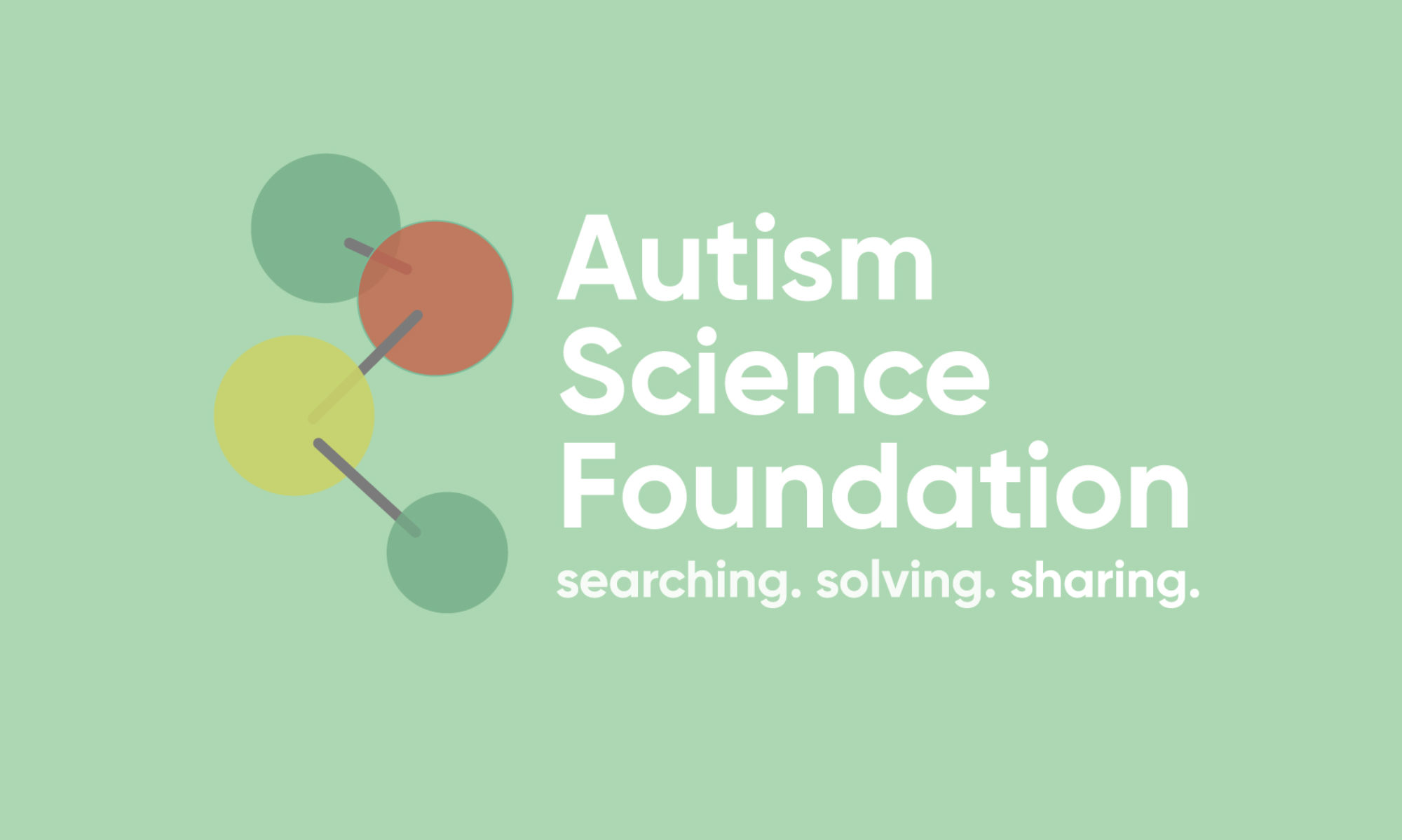Podcast: Play in new window | Download
Subscribe: RSS
One the surface, symptoms of ADHD and ASD may seem very similar. However, they come from very different places. The genetic and behavioral makeup may be on the same spectrum across the two disorders, but they are actually farther apart than you might think. Dr. Meghan Miller from UC Davis MIND Institute who studies both ADHD and ASD and people with ADHD and ASD explains what those differences and similarities are, how to make the right diagnosis, and what’s on the horizon for treatments for ADHD in people with ASD.
https://www.ncbi.nlm.nih.gov/pubmed/31974800


